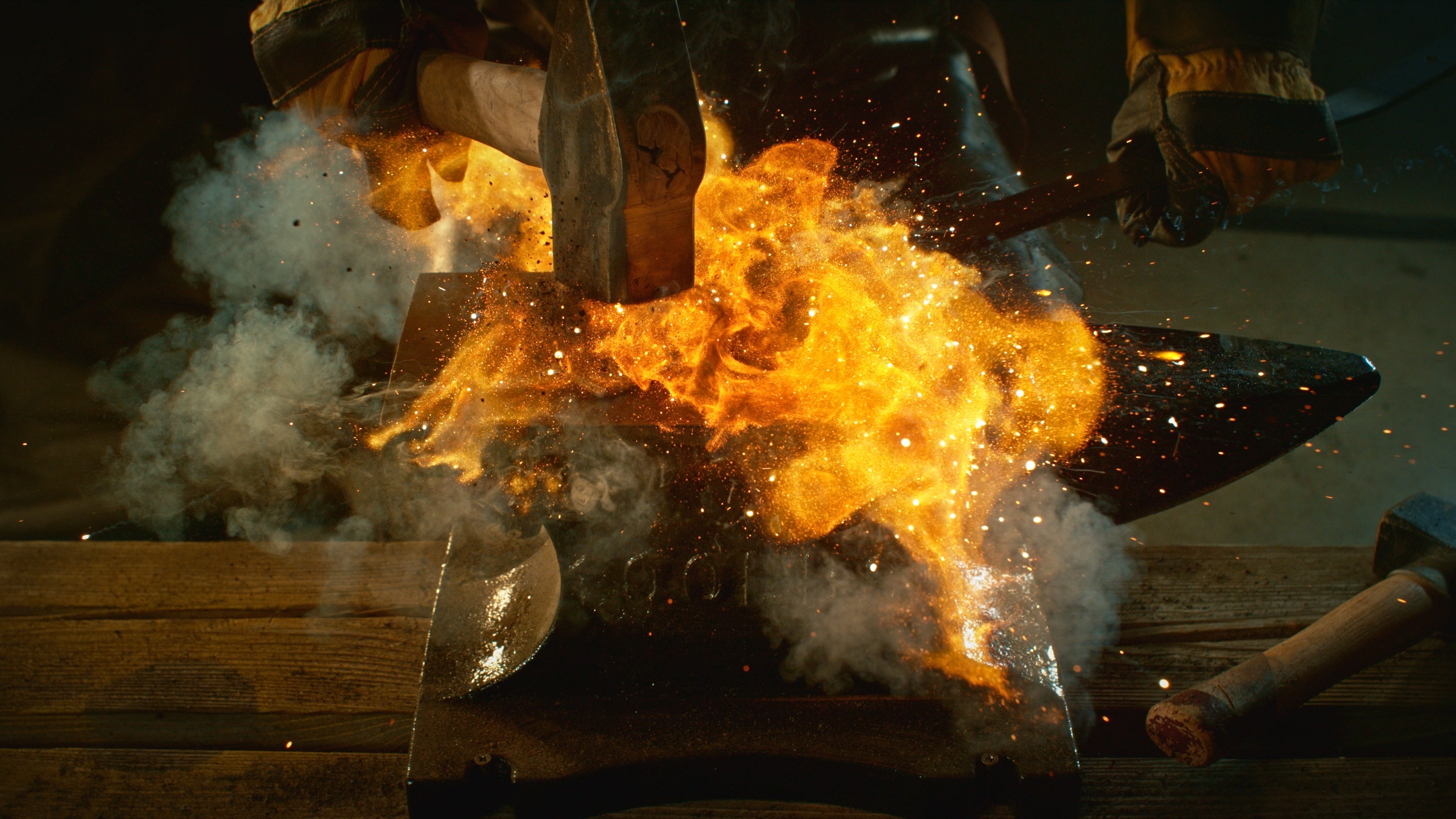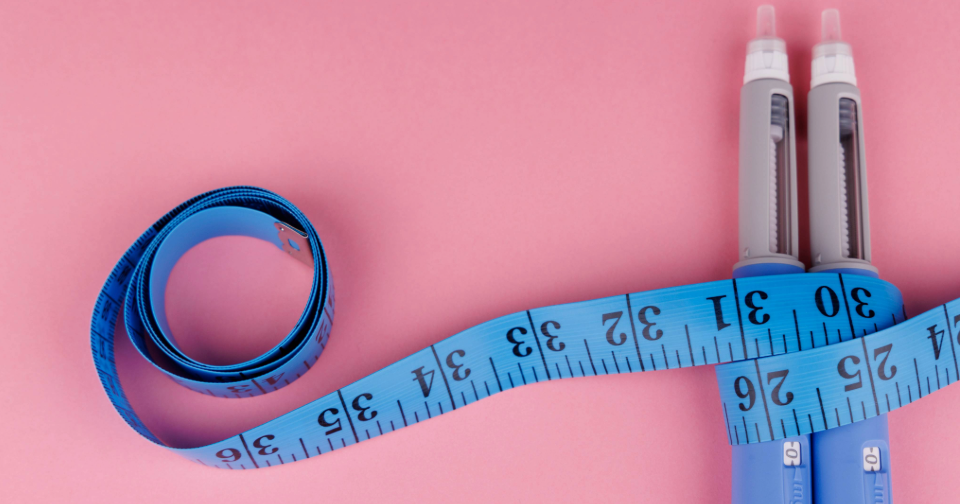
In our previous article, we explored the importance of prosthetic fit and the innovative ways designers are meeting those challenges. In this article, we turn our attention to another critical area of advancement: how users control their prosthetic devices. As prosthetics become more sophisticated, both in function and design, the underlying control systems have evolved dramatically. With that evolution comes an equally important need to protect these innovations through intellectual property (IP) rights.
Understanding control in human-machine systems
Control theory, a branch of engineering concerned with the behaviour of dynamic systems, is not new. It underpins many of the technologies we take for granted today, from autonomous vehicles to industrial robotics. Human-machine control systems in particular involve a person interacting with a machine using various forms of feedback. A common example is driving: a driver uses their hands and feet to manipulate a car and visual cues to adjust behaviour. Another example is a robotic arm operated via joystick, guided by the user’s sight.
However, prosthetics present a unique set of challenges. For obvious reasons, traditional input methods such as hands or feet are often unavailable. Sole reliance on visual feedback is also insufficient—imagine trying to pick up a glass while your hand is numb. Moreover, the control system must be lightweight, compact, quiet, and portable, creating significant engineering hurdles.
Each of these challenges leads to opportunities for innovation, and where there is innovation, there is often a strong case for patent protection. Moreover, given the ubiquity of systems and control in engineering, the solutions developed for prosthetics frequently have applications beyond the medical field, making the associated IP even more valuable.
Current methods of prosthetic control
Current prosthetic devices have a set number of predetermined movements which the user can choose between based on the situation. For example, an advanced prosthetic arm has a set number of degrees of freedom as well as a number of predetermined grip patterns such as, pinch, fist, and a writing grip. However, the way users control these movements varies significantly depending on the technology used.
Body-powered prosthetics
One of the most established control methods involves body-powered systems, where the prosthesis is manipulated and controlled by cables attached via a harness to the user’s body. For example, a prosthetic arm may be attached to the user’s opposite shoulder by a harness and cable assembly such that the user can control the prosthetic arm using their opposite shoulder. While this method can offer basic proprioceptive feedback and adequate control, it often demands significant physical effort and limits the range of movement. However, for many users, especially those requiring only simple functions, this remains a practical option.
Foot-based control: The LUKE Arm
An innovative alternative is the LUKE Arm, developed by DEKA and commercialized by Mobius Bionics. This device is controlled via a sensor placed in the user’s shoe, which acts like a joystick. The foot sensor allows for intuitive control of up to ten powered joints, adjustment of grip patterns, and even modulation of grip strength. This system also includes proprioceptive functionality through vibrational signals from the thumb sensor.
DEKA’s extensive patent portfolio reflects the complexity and commercial potential of this system, with patents directed towards the foot-mounted sensor, the overall control system, and the mechanical structure of the prosthetic arm assembly itself to name a few. Protecting each of these components not only secures DEKA’s position in the prosthetics market but also increases the possibilities for licensing in adjacent industries. For example, it is easy to see how a highly accurate and intuitive foot-based controller could find application in many industries for hands-free manipulation.
Electromyography (EMG) control
Another system, used by Open Bionics amongst others, is to use electromyogram (EMG) signals from residual muscles to control movements and select grip patterns. Typically, sensors are placed on the skin of agonist-antagonist muscle pairs and the electrical signals from these muscles are translated into commands for the prosthesis, allowing for more nuanced and responsive control. Although EMG systems require user training and can be susceptible to signal noise, particularly because the detected muscles may not be the ones naturally responsible for the intended movement, they offer more refined control than cable-based systems and can adapt to a wider range of actions.
Targeted muscle reinnervation (TMR)
TMR represents a cutting-edge approach where surgeons rewire residual nerves from the amputated limb to other muscle groups. These reinnervated muscles then act as biological amplifiers, and the amplified signal is read at the set of muscles and used to control the prosthesis in much the same way as EMG-based devices. The native motor signals from the brain are preserved, allowing for seamless integration with the device and highly intuitive control. TMR is especially useful in complex prosthetics involving actuation of multiple joints, such as above-elbow arm replacements, and has also shown benefits in reducing nerve-related pain.
TMR as a surgical procedure is eligible for patent protection in the US. Surgical procedures are not patentable in the UK and Europe, but the associated tools, sensors, and prosthetic components designed to work with TMR can, and should, be protected in these jurisdictions.
The value of IP in prosthetic innovation
As prosthetic technologies become increasingly intelligent, the cost and complexity of development rise accordingly. For small and medium-sized enterprises (SMEs) in particular, securing intellectual property rights is essential to maintaining competitiveness, attracting investment, and establishing strategic partnerships.
Control systems in particular are a rich source of patentable subject matter. From software algorithms and feedback systems to hardware and modular components, innovations in this space are not only critical to the function of prosthetics but may also have significant applications in other industries, such as, gaming, robotics, and industrial automation. As such, having IP protection for control systems for use in the prosthetics field could open potentially valuable revenue streams in adjacent industries.
Conclusion
Prosthetic control technology is advancing rapidly, driven by developments in electrical and mechanical machines, and the goal of creating intuitive, effective, and life-enhancing devices. As these innovations mature, so too does the need for robust IP protection. For businesses developing these technologies, understanding and leveraging intellectual property law is essential, not just to secure market position within the prosthetics industry, but to unlock broader commercial opportunities across multiple sectors.
This blog was co-authored by Andrew Mears and Joe Egelstaff.
Joe Egelstaff
Joe is a trainee patent attorney in the Engineering practice group, working in the Bristol office. Joe graduated from the University of Bath with an integrated Master’s degree in Mechanical Engineering (Meng). He was part of the team which launched Team Bath Heart, a student-run competition team, aimed at designing a total artificial heart from scratch. As part of the team he focused on the human-artificial heart interface.
Email: joe.egelstaff@mewburn.com
Andrew is a Partner and Patent Attorney at Mewburn Ellis. He deals with drafting and prosecuting patent applications at the EPO and UKIPO, as well as global patent portfolio management, Freedom-to-Operate (FTO) work and advising on global patent filing strategies. Andrew works in the engineering and electronics fields, with a focus on medical device technologies. He has spent time working as a patent attorney in Singapore, where he specialised in providing advice on obtaining patent protection throughout South-East Asia, China and the Indian sub-continent. Andrew has also worked in Canada, developing an expertise in obtaining patent protection in North America.
Email: andrew.mears@mewburn.com
Sign up to our newsletter: Forward - news, insights and features
Our people
Our IP specialists work at all stage of the IP life cycle and provide strategic advice about patent, trade mark and registered designs, as well as any IP-related disputes and legal and commercial requirements.
Our peopleContact Us
We have an easily-accessible office in central London, as well as a number of regional offices throughout the UK and an office in Munich, Germany. We’d love to hear from you, so please get in touch.
Get in touch-1.png?width=100&height=100&name=Joe%20Egelstaff%20circle%20(1)-1.png)


